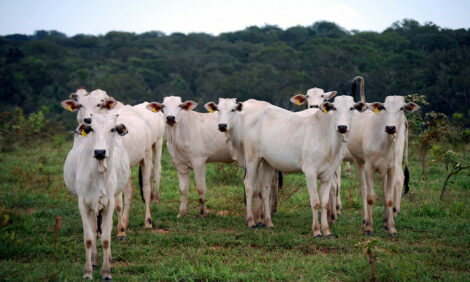



Webcast Follows Livestock Carbon Footprint
KANSAS, US - Today´s dairies use fewer resources and have less waste output than those of 60 years ago, according to a Cornell University study.The study found that dairy farming in 2007 produced 24 per cent of the manure and 43 per cent of the methane output per gallon of milk compared to farming in 1944. Modern dairy systems use 10 per cent of the land, 23 per cent of the feedstuffs and 35 per cent of the water required to produce the same amount of milk in 1944.
Jude Capper, lead author of the study, and Roger Cady, a scientist at Elanco who contributed to the study, will present their research during a July 31 webcast from eXtension.
eXtension is an educational partnership comprised of land grant universities across the country. Kansas State University Research and Extension is a partner in eXtension.
The webcast will highlight research on calculating the carbon footprint of animal agriculture, especially in dairies. The researchers will emphasize the role of production efficiency.
The free educational webcast is from the Livestock and Poultry Environmental Learning Center of eXtension. Webcast speakers include:
Capper is an assistant professor of dairy sciences at Washington State University. Her post-doctoral research at Cornell focused on ruminant lipid metabolism and modeling the environmental impact of dairy production. She has worked with colleagues to show the environmental impact of dairy production.
The group´s current project evaluates the contribution made by various on-farm management practices (such as age at first calving, cow longevity and somatic cell count) to the environmental impact of milk production. She intends to extend the work to develop equivalent models for beef production.
Participants should go to http://www.extension.org/pages/Live_Webcast_Information to view the webcast.
TheCattleSite News Desk


